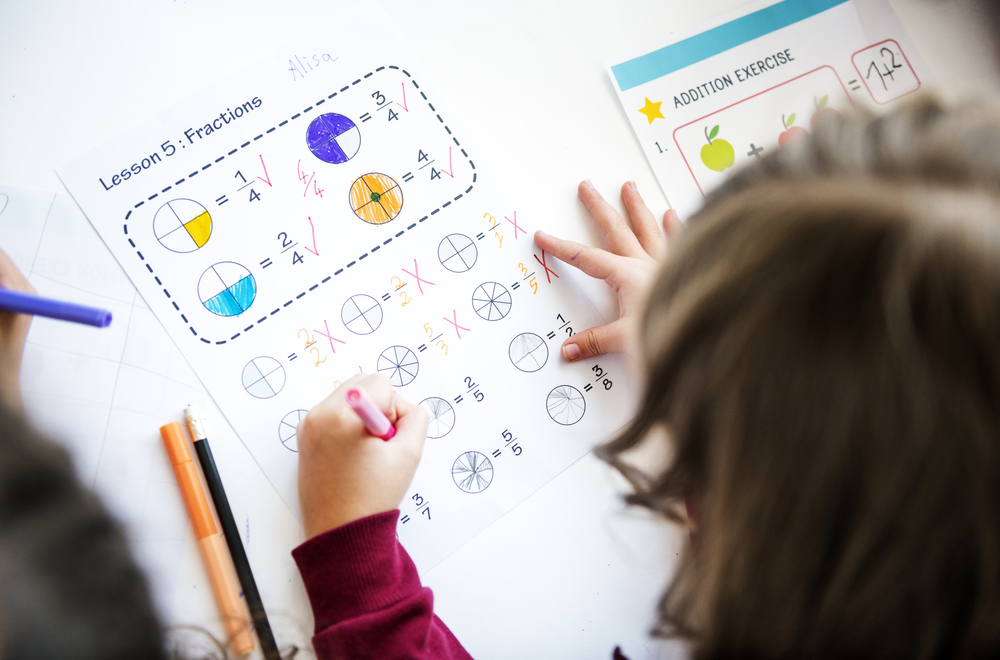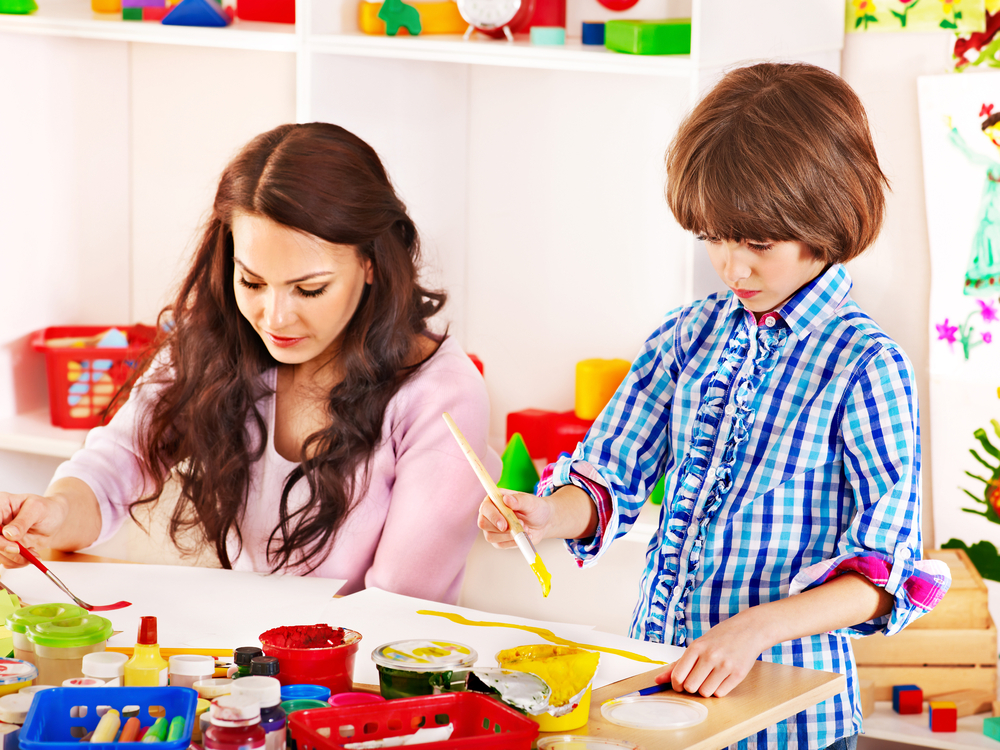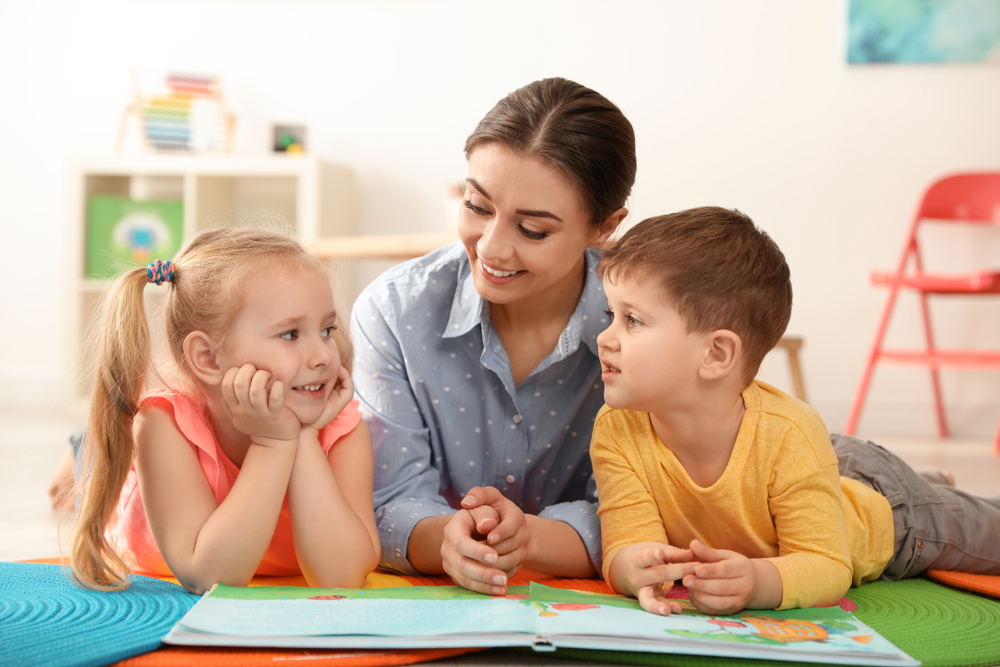Understanding opposites Normal Worksheets for Ages 3-7
3 filtered results
-
From - To
Help your child master the concept of opposites with our expertly crafted "Understanding Opposites" worksheets, designed for kids aged 3-7. These engaging and fun activities will help your little one recognize and understand opposites through simple exercises like matching pairs, coloring, and drawing. Our worksheets cover essential learning skills, stimulate cognitive development, and enhance vocabulary in a playful manner. Perfect for both home and classroom use, these worksheets provide a solid foundation for future learning. Unlock your child's potential by making learning fun and effective with our "Understanding Opposites" resources today!
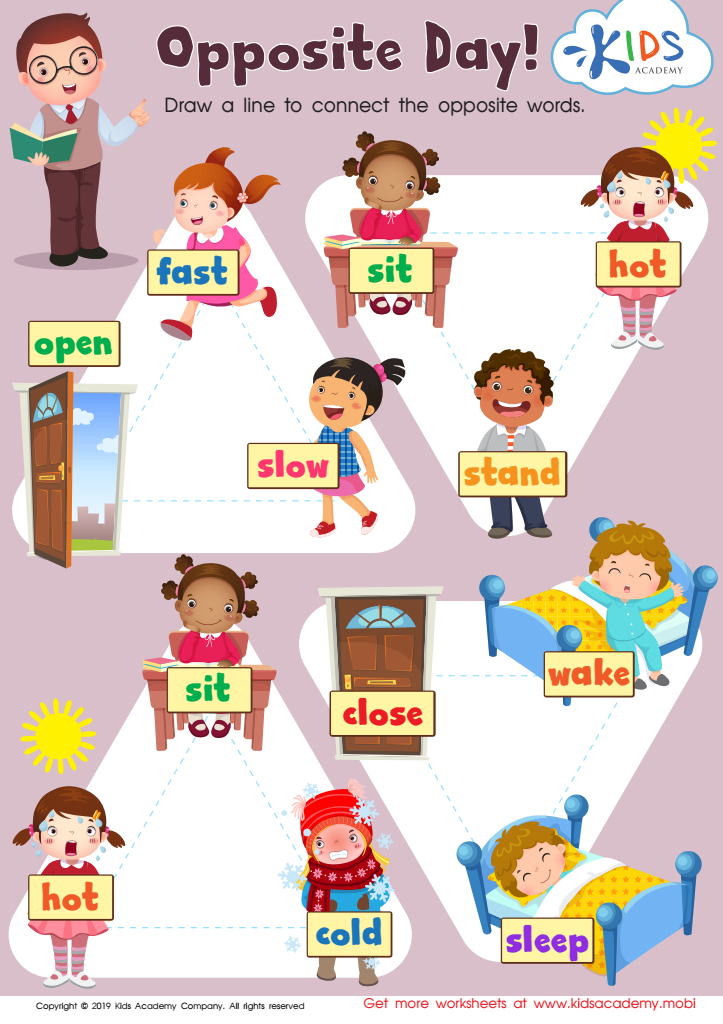

Opposite Day Worksheet
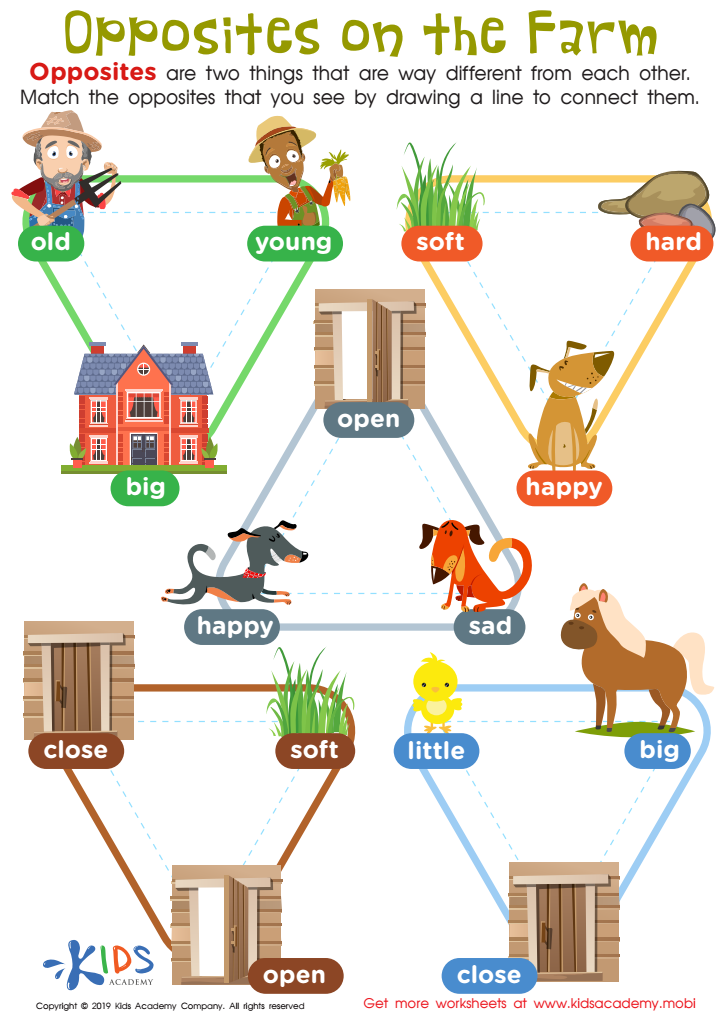

Opposites on the Farm Worksheet
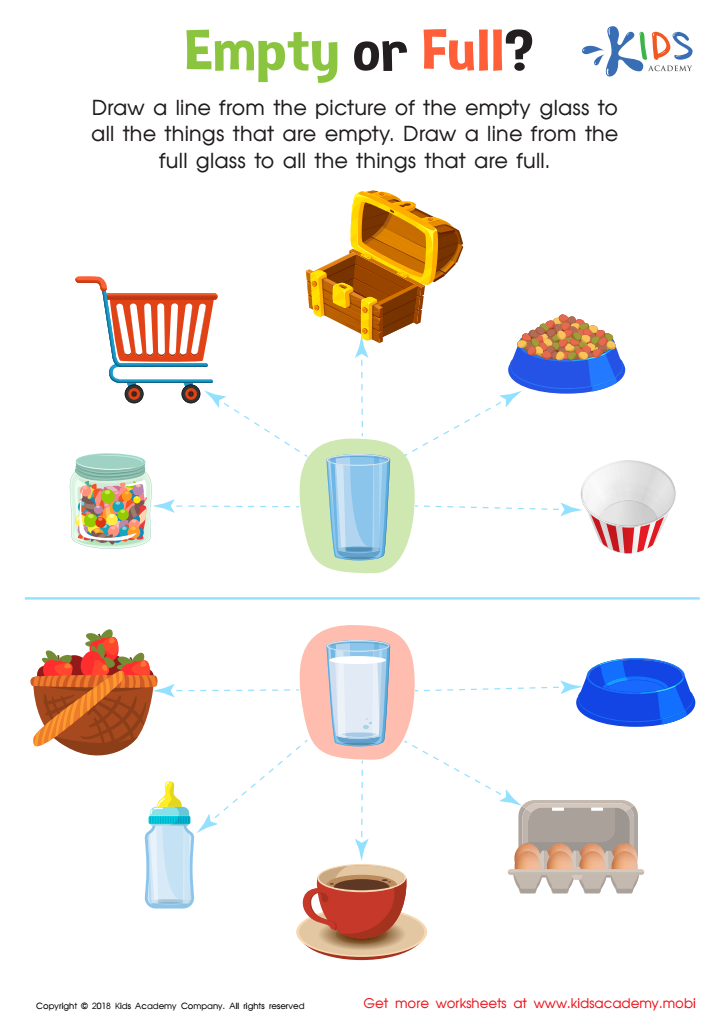

Empty or Full? Worksheet
Understanding opposites is crucial in early childhood development, typically for children aged 3-7, as it lays the foundation for cognitive and language skills. Firstly, grasping the concept of opposites helps children enhance their vocabulary. Learning pairs like big-small, hot-cold, and happy-sad introduces them to a broader range of descriptive words, boosting their ability to communicate effectively.
From a cognitive perspective, recognizing opposites aids in the development of critical thinking skills. It encourages children to compare, categorize, and contrast, which are essential for problem-solving and logical reasoning. These skills are not just fundamental for math and science but for making sense of everyday situations.
Emotionally, understanding opposites helps children articulate their feelings better. Knowing that happy and sad are opposites allows them to express their emotions more accurately, fostering better emotional intelligence and empathy towards others.
For parents and teachers, emphasizing opposites in early education can be achieved through engaging activities like reading books, playing games, or even everyday conversations. This approach not only makes learning fun but also reinforces the child's ability to adapt and understand the world around them, preparing them for more complex concepts in the future. Overall, mastering opposites is a stepping stone to a well-rounded educational foundation.
 Assign to My Students
Assign to My Students


